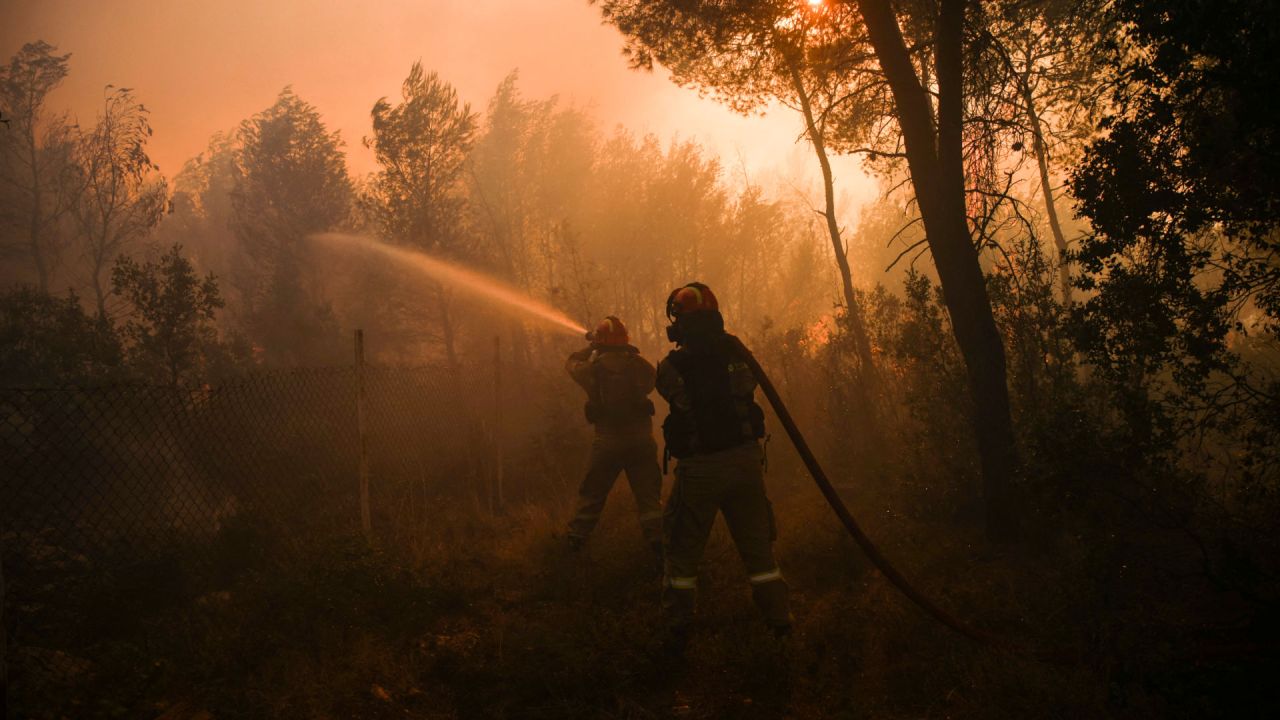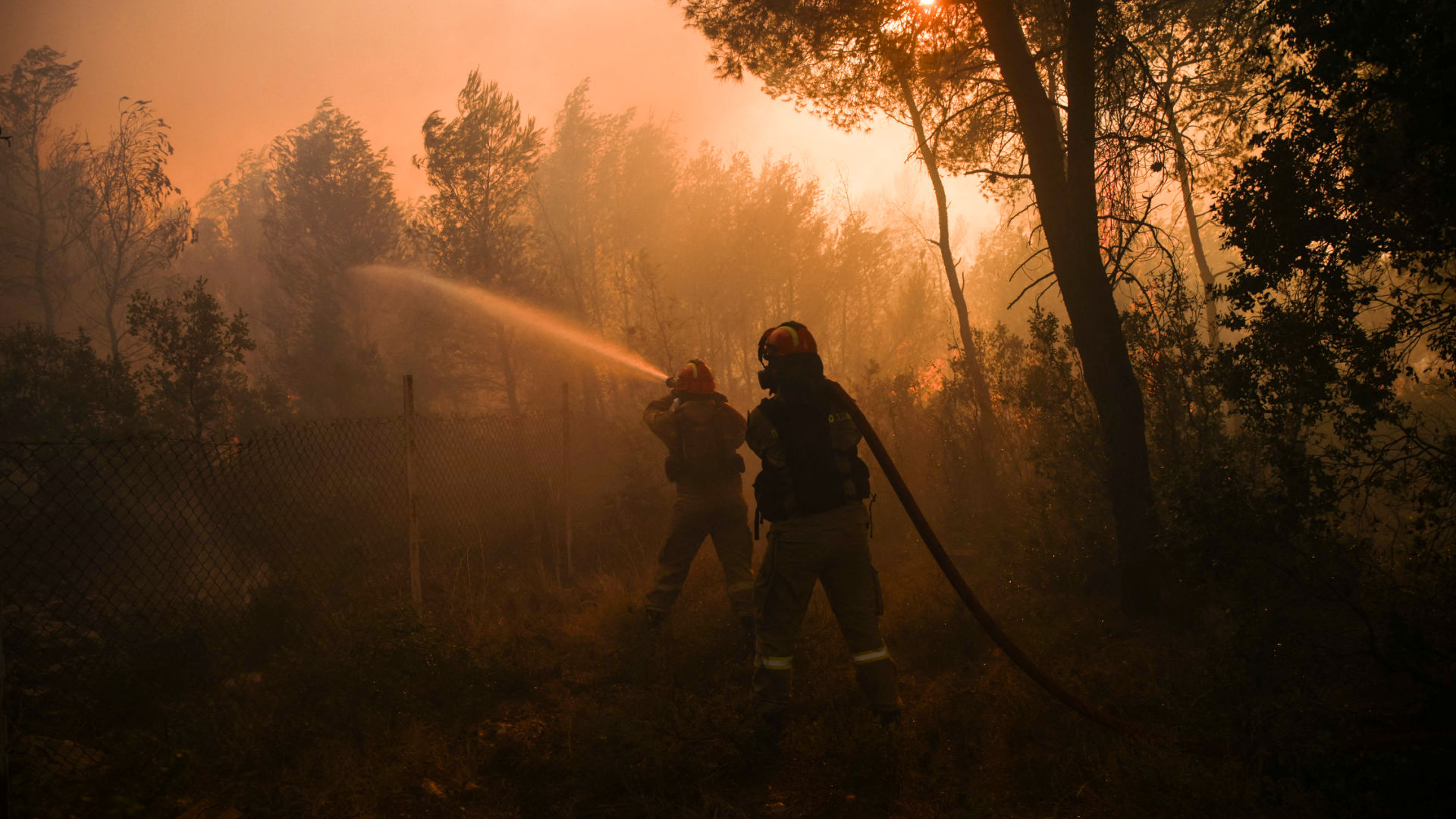Summer wouldn’t be complete without hordes of disgruntled British tourists being evacuated from their hotels, flown home early or spending their holidays sprawled on the floor of an international airport. But are the scenes of Rhodes really a symptom of a the world ‘being on fire’, as Greta Thunberg would put it?
Actually, in spite of scenes of burning forests on Rhodes and elsewhere being presented daily on our television screens, 2023 has not been a devastating year for forest fires in Europe. Data from the European Forest Fire Information System (EFFIS), which covers the EU, shows that it has been an average year to date – with an early burst of fires in the spring followed by less activity since then.
It is a similar story with wildfires globally. A 2016 study published in a Royal Society journal using Nasa satellite data surprised many people by revealing that the amount of land burned annually in wildfires globally had decreased by about a quarter between 2001 and 2015. The authors have since updated their study and confirmed that in spite of increasing agonising over fires in the US, Europe and Australia, the amount of land being burned is still falling. This data includes all wildfires, not just forests – and globally 70 per cent of fires are on grassland rather than forests.
None of this is to say that climate change is not increasing the risk of fires in certain locations at certain times of year, but it does rather undermine lazy claims about the world being on fire. If anything, the world is being damped down.
We have been conditioned to think that climate change is the overwhelming problem facing human civilisation and all other life on Earth. But why is the extent of fires not actually increasing in the way that climate campaigners frequently claim? Partly because in some places shifting patterns of rainfall have reduced the risk of fire. But also because rising global temperatures are not the only influence on fires.
Why is the extent of fires not actually increasing in the way that climate campaigners frequently claim?
The incidence of wildfires also has a lot to do with land use. Where wildfires have increased in recent years, such as in some parts of Eastern Europe, it is down to farmland being abandoned and allowed to return to scrubland, which contains far more flammable material. Urban development close to forested areas also plays a big role, increasing the sources of ignition through barbecues, overhead electricity wires and so on.
Forest management also has a lot to do with it. Wildfires are, in many cases, natural events sparked off by lightning strikes – indeed, they play an essential role in many eco systems, with some plants taking advantage of fire in order to germinate. But in some parts of the Earth, especially the US, fire fighting authorities have become a little too good over the past century in fighting wildfires.
The incidence of fires in the US may have risen since the 1970s, but it is still a long way down on where it was a century ago. The result is that whereas in the past forests were regularly thinned out by fire, now dead wood is allowed to accumulate on the forest floor, meaning that when the forest does eventually catch fire you end up with a much bigger and less controllable fire. As Valerie Trouet, professor of dendrochronology (tree ring dating) puts it, the US is suffering from a 'century of fire deficit'.
But how much easier to watch British holidaymakers fleeing from Rhodes with their suitcases, blame everything on climate change and claim the world is turning to ashes.








Comments